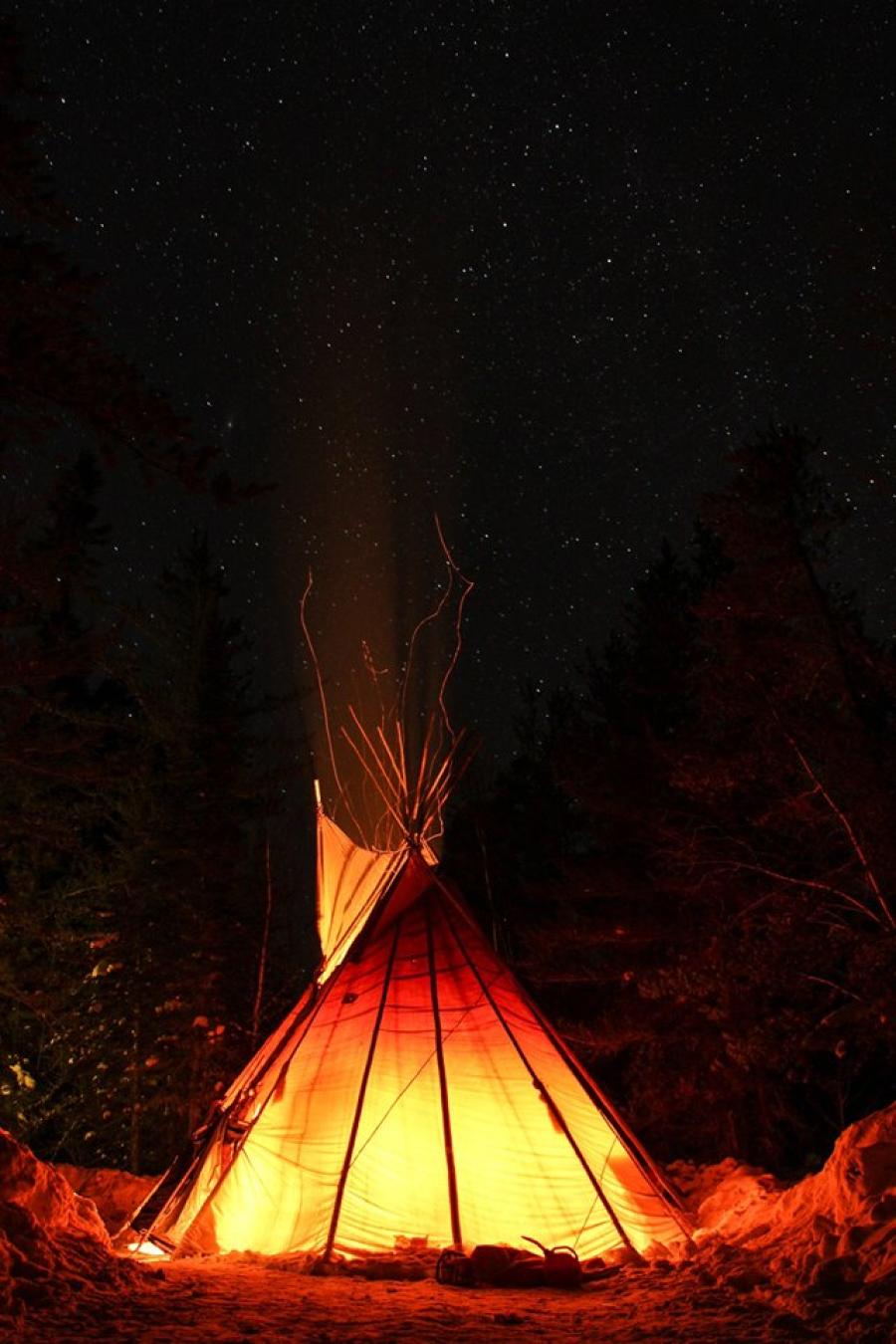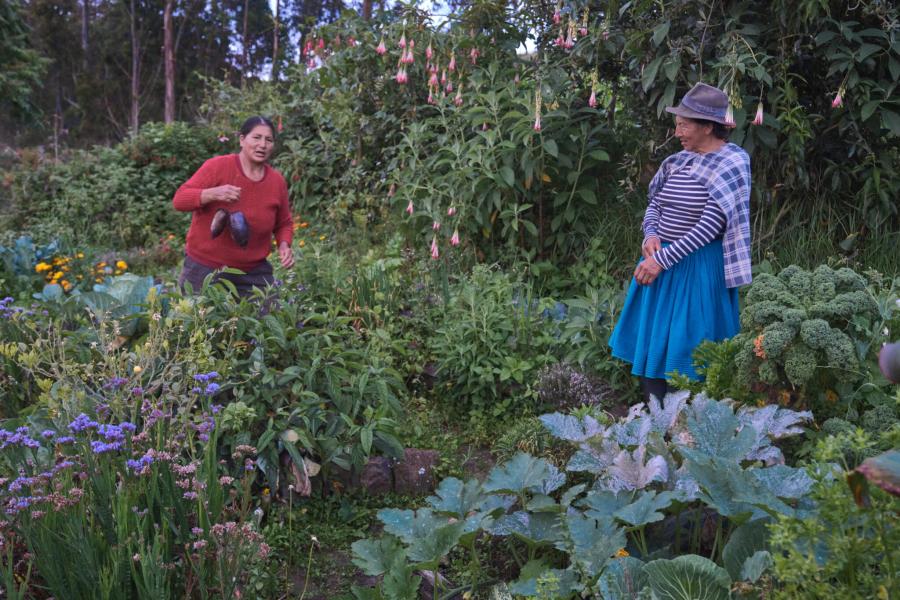Many of those involved with the mining industry, or with mining related issues will by now be aware of the Mining Minerals and Sustainable Development Project (MMSD) being managed by the International Institute for Environment and Development (IIED) in London. MMSD is a two-year endeavor which began in April, 2000. The project was designed to address the role of mining, minerals, and metals in society's transition to sustainable development.
While there have been other initiatives attempting to address abroad range of mining-related development issues, the MMSD project differs in several key aspects. Importantly, the project is not about "sustainable mining," but about society's transition to sustainable development and the role of the sector in that transition. The project therefore opens up the opportunity to address a much wider range of issues than would otherwise be the case. Additionally, while the project is funded in part by the industry, including some of the world's largest mining companies, it represents the first time that the sector has offered a significant amount of funding for a product whose outcomes it does not control. The project maintains an arms-length relationship with its industry sponsors in an effort to ensure that it remains independent and able to respond to a broad range of stakeholder needs, not simply those of the industry.
The project operates on a regional basis, through partnerships with local organizations in several regions of the world. In each region, several priority issues are identified for research and as a focus for stakeholder dialogue. At a broader level, some key issues are being addressed on a global scale, through the project's central office in London. The project works with the help of commissioned research and contributions from knowledgeable people working in these areas.(1)
Indigenous peoples and organizations have the opportunity to contribute to the MMSD project's efforts to better understand the role of mining, minerals, and metals in our societies, economies, and environments; how unsustainable practices can be eliminated; and how a sustainable flow of benefits can be equitably shared.
Indigenous peoples from the northern Arctic to the shores of New Zealand have long been exposed to mining and other aspects of the minerals cycle. Indeed, mining and minerals processing and use have been an important activity for many indigenous cultures for thousands of years. Today, indigenous cultures have a wide variety of interactions with minerals production and use as individual artisanal miners, members of mining cooperatives, employees of large multinational mining companies, or otherwise. They may share through one or another means in the revenues generated by mineral production on their lands. In other cases, indigenous communities have not benefited from mineral development, which has led to a large-scale influx of population into their territories, erosion of traditional livelihoods, cultural conflict, loss of territory, environmental damage, forced displacement, violence, and other problems. Worldwide, the picture is quite complex and very mixed. In some cases, indigenous communities see minerals activities as a threat to culture, environmental quality, livelihoods, or self-determination. In other places, indigenous people see mining as an integrated part of their economic development.
Many of the big questions revolve around the use of customary lands for mining. Mining often takes place in circumstances where the rights of indigenous groups to the land on which they live and work are not recognized by the state -- where central governments appropriate most or all of the economic benefits and make most or all of the decisions. Even in those areas where land rights are recognized, the implications of mining can be far-reaching. In many, if not most, traditional societies, land is inalienable, communal, and of great spiritual and cultural importance. For most indigenous societies, land is the basis of local economies, providing subsistence produce for consumption and exchange in customary practice. Mining may mean reduced areas for gardening, leading to out-migration and the breakdown of traditional family structures centered on sharing land and working on it together. Equally, compensation and royalty payments (where machanisms exist for these) have brought their own dilemmas because the distribution and amounts of cash payment are often the subject of protracted dispute. Where indigenous groups are given a role in decision-making, questions arise around the forms of participation they see as appropriate.
Another of the major questions in many parts of the world is the lack of trust be tween indigenous groups and mining companies which arises from the unenviable history of past meeting. Additionally, grassroots awareness of the vulnerability of minerals projects to delays forced by community protest, the potency of international media attention, and the penalties for corporate liability have now focused stakeholder attentions on the local dimensions of minerals development.
MMSD is attempting to engage with a broad cross-spectrum of stakeholder constituencies to provide a platform for progress on some of these crucial issues, and the process clearly lacks real value if indigenous perspectives are not sought and integrated into the project outcomes. Yet there are inherent difficulties and challenges in an endeavor of this nature. First, the sheer diversity of indigenous peoples and organizations with an interest in mining-related issues is enormous and there is no effective way in which the project can consult with every indigenous constituency in the world in a meaningful way. What MMSD instead seeks to do is to scope a wide cross-spectrum of the perspectives around key issues with knowledgeable people from a diverse set of organizations and communities. And we are always open to the ideas of any individual or group who wants to suggest more effective ways to proceed.
We are seeking individuals to participate in different aspects of the project on the basis of their knowledge in specific areas and experience as members of affected communities. The regional level processes afford opportunities for indigenous groups to contribute to and guide the project's work. The beginning meetings in a series of regional talks have been held in different parts of the world throughout December. These meetings are the first stage in defining a research and stakeholder engagement agenda for the regional elements of the project. Regional meetings in Canada, the Philippines, and South Africa have all been attended by indigenous peoples who, although attending as individuals, bring important and diverse views to the table. As the regional processes move forward, larger multi-stakeholder meetings will be convened by the regional partner organizations; part of the regional terms of reference are actively to seek stakeholder interaction with indigenous groups. In this context, engagement does not mean consent for the project or its approaches, as many indigenous groups neither condone nor welcome mining on their lands. Nevertheless, the project is making the best of efforts to provide a platform for the airing of these more critical voices.
Because it is early in the MMSD research process, it is difficult at this stage to assess exactly what the nature of indigenous peoples' commentary and interaction with the project will be. At the Canadian regional meeting, for example, an indigenous member of the Tahltan people of the Stikine River, who is also the Vice-President of the Canadian Aboriginal Minerals Association (CAMA), articulated his views on some of the issues faced by aboriginal people in their association with the Canadian mining industry. The Canadian steering group was made aware of the value of traditional ecological knowledge, the different temporal perspectives indigenous groups often assign to events such as mining projects, and the need for real benefits to accrue to indigenous groups that consent to mining on their lands.
At a global level, the project also aims to convene a major stakeholder dialogue on indigenous peoples' interactions with the mining, minerals, and metals industries. The form that this dialogue will take is undecided at the moment, as the project is about to conduct a scoping exercise to assess whether this approach will add value, both for the project and in terms of understanding the complex array of issues surrounding indigenous peoples and the mining sector.
MMSD cannot speak for indigenous groups, but must seek guidance on how it can best contribute to debates involving indigenous peoples and the mining and metals industries. The challenge is to integrate these unique perspectives with other visionary approaches to sustainability in order to move us away from business as usual.
At the end of its two year project life, MMSD will endeavor to suggest progressive approaches to some extremely difficult problems associated with the mining and metals industries. These problems differ both on a regional basis and within regions, and amongst vastly diverse cultural groups. It is unreasonable to think that these intractable problems will be solved by a two-year project. What the project intends is not to solve problems but to introduce a new model of shared, participatory examination of these key problems in which all affected parties can participate on a basis of equality and respect.
The project is an ambitious one which asks all affected groups and organizations to think in new and innovative ways about the challenges of integrating an old and well-established industry with a contentious past into a changing world. Indigenous peoples have a primary role to play in deciding what the future role of this industry will be.
(1). There are many other important aspects to the project which can be reviewed on the project Web site at http://www.iied.org/mining-minerals-sustainable-development-mmsd.
Article copyright Cultural Survival, Inc.



